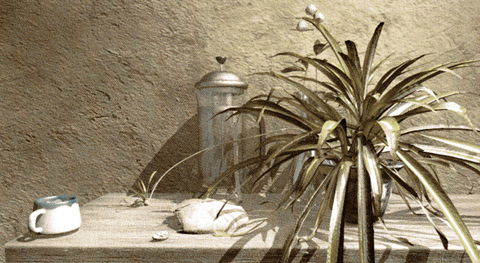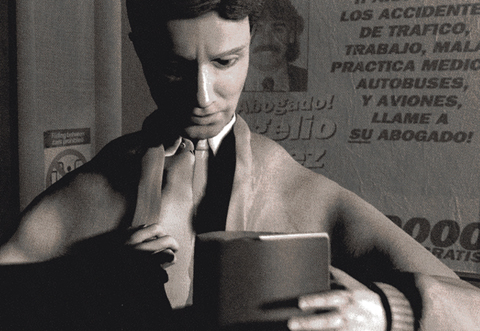
* Key light creates the subject's main illumination and defines the dominant angle of the lighting.
* Fill light softens and extends the illumination provided by the key light and makes more of the subject visible. The fill light can simulate the effect of reflected light or of secondary light sources in the scene.
* Back light (rim light, kicker) creates a defining edge to visually separate the subject from the background.Three-point lighting technique is used in traditional photography and cinematography. We use it in computer animation too.
Link to three-point lighting tutorial
Key-to-fill ratios
Low key-to-fill ratios (2:1 or less) may be used for* Interior scenes with white or highly reflective surfaces
* Cloudy, overcast or snowy outdoor scenes
* Kids' programs with a bright, cheerful moodHigh key-to-fill ratios (8:1 or more) for
* Night scenes
* Dramatic, suspenseful, or horror scenes.
High/low key lighting
High key lighting is a bright scene in which the frame is predominantly lighter than medium gray. The environment has a lot of fill light and a low key-to-fill ratio. See the example below.

Low key lighting is a dark looking environment without much fill light, and
a high key-to-fill ratio (film noir look). See the example below.

The images are from "Digital Lighting and Rendering" by Jeremy Birn.